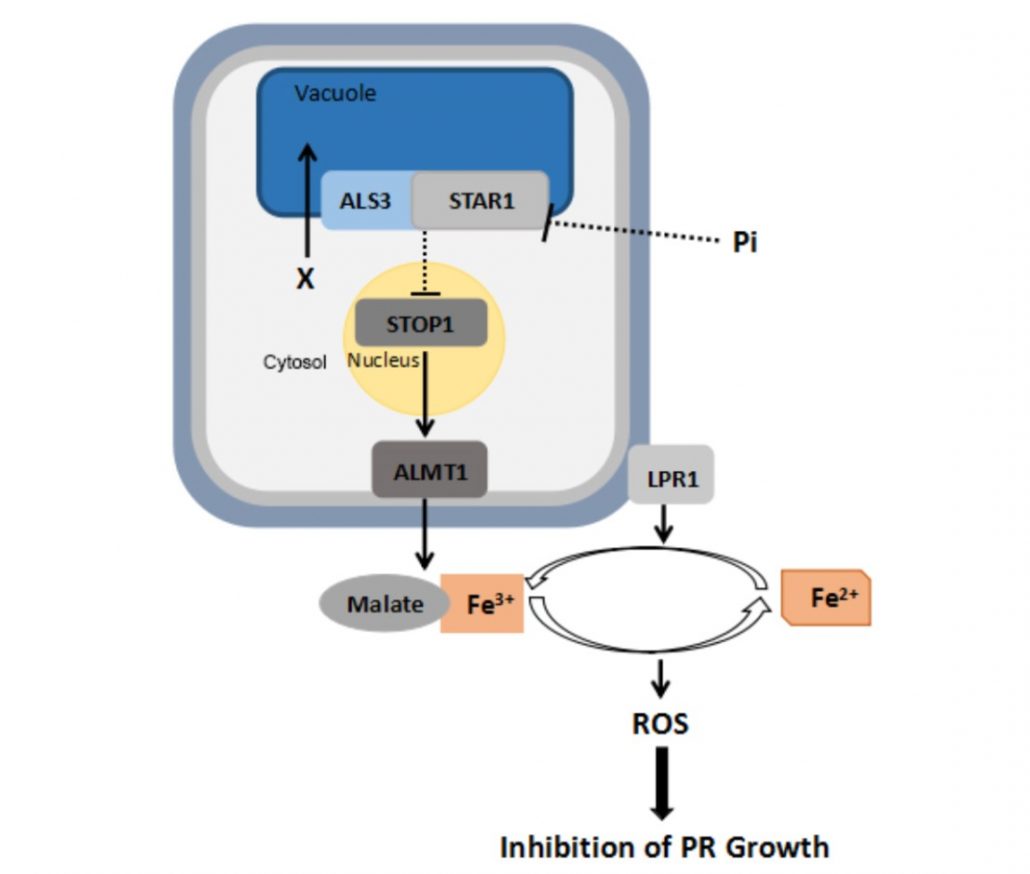
Genetic dissection of Fe-dependent signaling in root developmental responses to phosphate deficiency ($)
Phosphate deficiency leads to arrest of primary root elongation. Previous work has shown that this arrest depends upon Fe, raising the possibility that Fe accumulation in the root apex is the cause of growth arrest. Several genes involved in low Pi response have been identified, including genes encoding…

Heat-inducible lipase HIL1 mitigates heat stress in Arabidopsis
Higashi et al. investigate the function of a heat-inducible lipase in Arabidopsis thaliana. Plant Cell (2018). https://doi.org/10.1105/tpc.18.00347
By Yasuhiro Higashi and Kazuki Saito
Background: Land plants suffer from high-temperature stress, exacerbated by climate changes in recent years.…
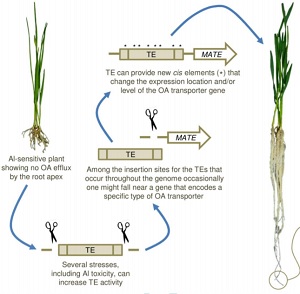
Review: Transposable elements have role in aluminum resistance (J Exp Bot)
Phytotoxic aluminum can drastically harm plant roots, leading to decreased nutrient uptake, water absorption and yields. Many plant species efflux organic anions into the rhizosphere to reduce the toxic effects of aluminum. Some of the genes that encode transporter proteins which mediate organic anion…
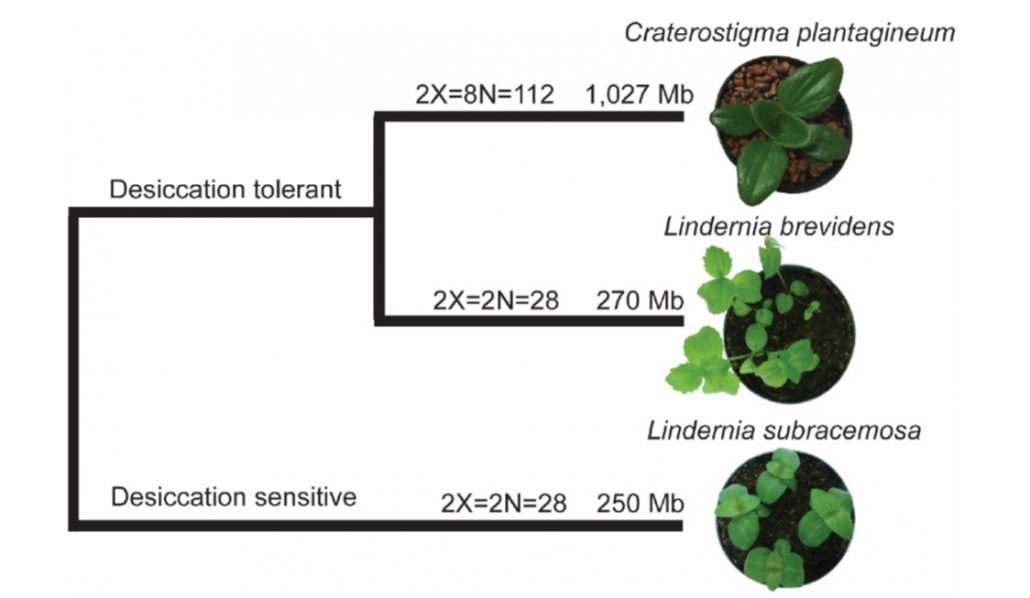
Desiccation tolerance evolved through gene duplication and network rewiring in Lindernia (Plant Cell)
Desiccation tolerance is the property of being able to survive and recover from extreme dehydration. Although there are many desiccation-tolerant plant species, efforts to identify the genetic basis of desiccation tolerance have been limited by a lack of closely-related desiccation sensitive species.…
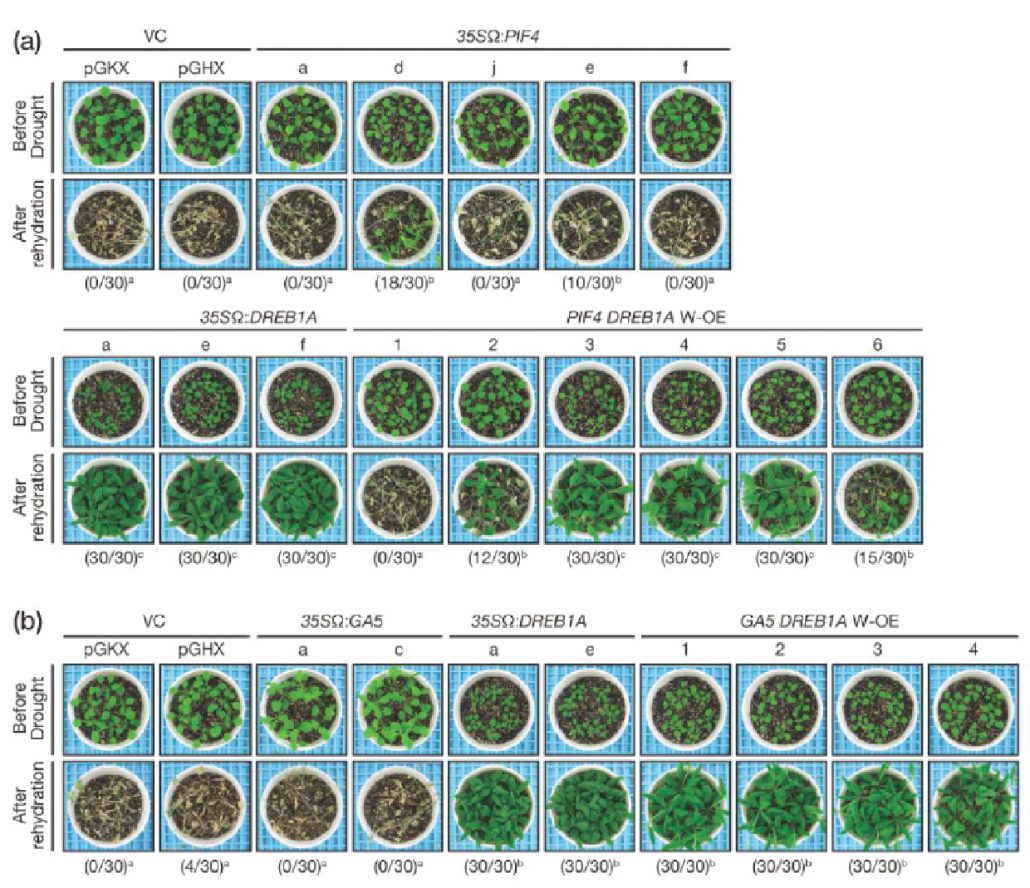
A gene‐stacking approach to overcome the trade‐off between drought stress tolerance and growth in Arabidopsis (Plant J)
In the face of increasing incidence of drought events, developing drought-tolerant plants becomes urgent matter. However, the increase in drought tolerance often coincides with the significant reduction of plant size, as in the case of overexpressing DEHYDRATION-RESPONSIVE ELEMENT-BINDING PROTEIN 1A…
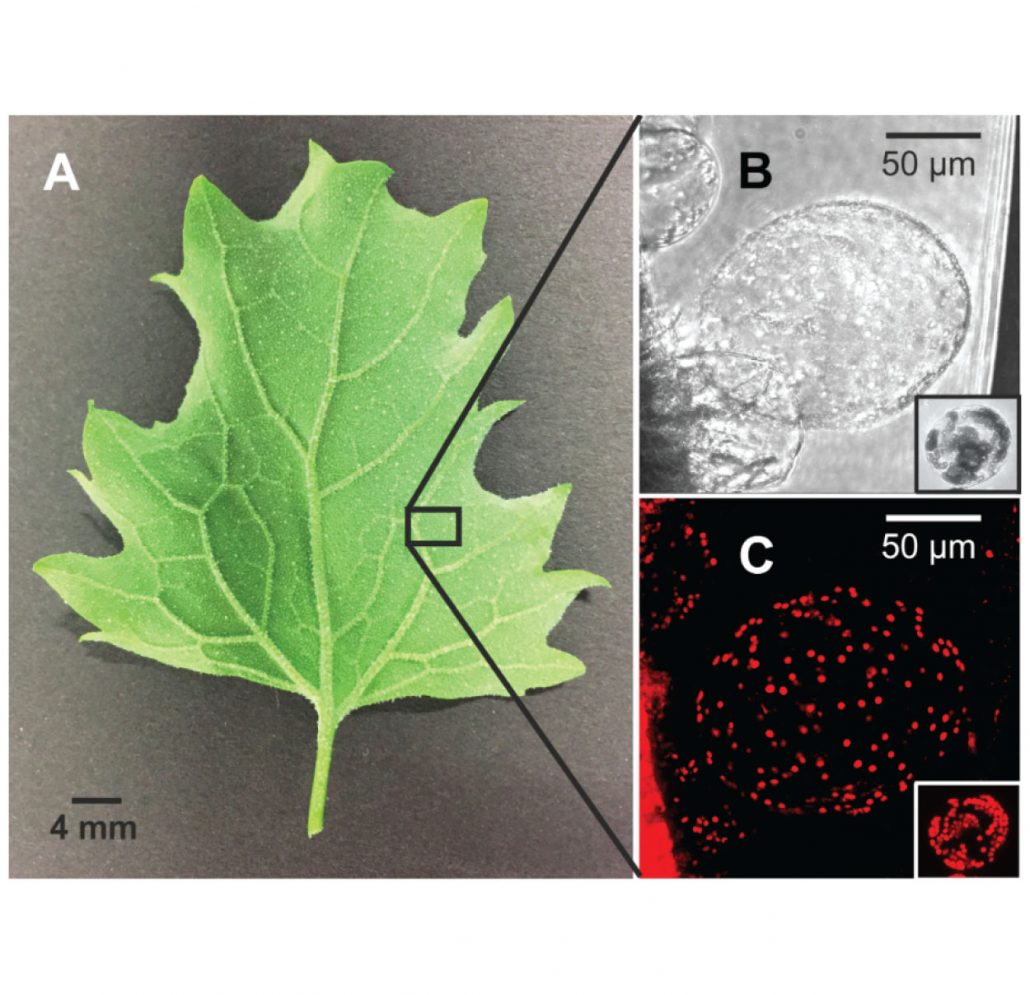
Molecular basis of salt sequestration in epidermal bladder cells of Chenopodium quinoa
The recent focus on quinoa is a result of not only its high nutritional value, but also its astonishing salt stress tolerance. Epidermal bladder cells (EBC) are suspected to be a cause of salinity tolerance by serving as salt dumping place. In order to identify molecular mechanisms underlying salt sequestration,…
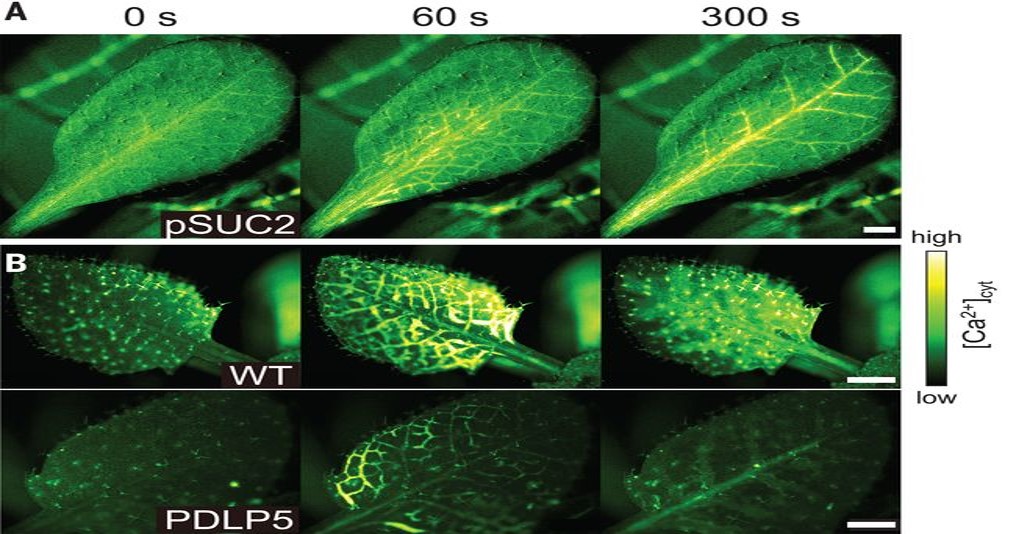
Glutamate is a wound-induced signal that activates long-distance calcium signaling (Science)
Several years of intensive research have revealed a suite of mobile signals that travel long-distances to inform meristems on developmental phase transitions or to protect distal plant tissues from abiotic or biotic stressors. In a new article published in Science, Toyota et al. (2018) identify a role…
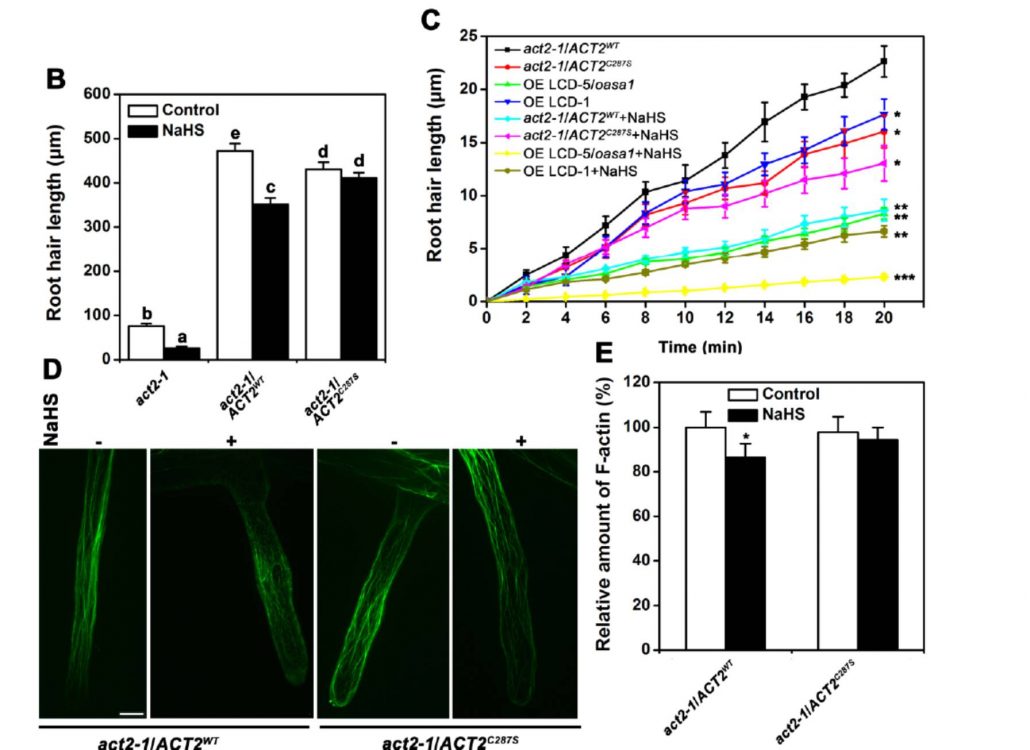
S-Sulfhydration Disrupts Actin Polymerization
Recent evidence indicates that H2S acts as an important messenger that affects plant responses to abiotic stresses, including high salinity, drought, heat shock, heavy metals, and oxidative stress. H2S signaling has also been shown to modulate important physiological processes, such as photosynthesis,…

Sensory Plastids: a Novel Form of Specialized Plastid
Plastids differentiate into subtypes. For example, the transition of proplastids to chloroplasts defines the photosynthetic tissues within a plant, whereas amyloplasts are formed in nonphotosynthetic tissues. Recently, evidence has accumulated for a novel class of plastids that is specialized for stress…

